History is often long stagnant times, suddenly disrupted by the dunt of big events.
The glorious liberation of the Stone of Destiny from Westminster Abbey in 1951 was just such a dunt, which disrupted the postwar stagnancy of Scottish Nationalism.
I’m extremely happy that the whole thing revolved around Angus.
We declared ourselves “Scotland’s Birthplace” in 2005, getting it bent right up places like Bannockburn and Argyll, pretenders to the appellation.
The reclaiming of the Stone of Destiny was part of a renaissance of Scottish national identity which has centered on my bonnie home region.
Angus in the 20th century became Scotland’s re-birthplace.
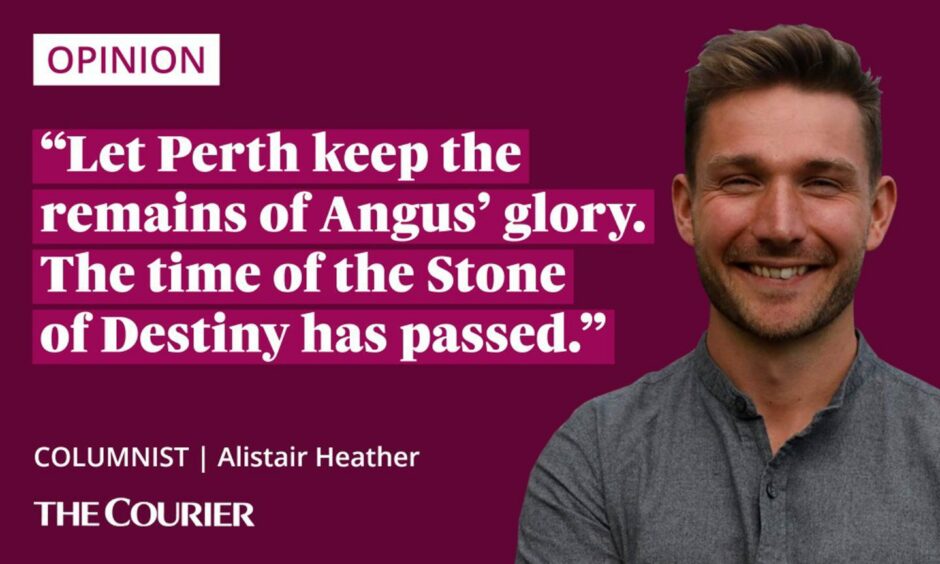
I should say before I crack on to defending that claim that the stone itself doesnae bother me at all.
It’s a slab of Scone sandstone, as unremarkable as it comes.
I’m compelled to think that, if we ever had an original Stone of Destiny, this isnae it.
The story goes that at Scone, the leaders kent the English were coming and hid aa the guid gear underground, and smuggled the stone itself away.
They replaced it with a lump of sandstone fae the quarry, which is how it looks so much like all the other building materials in the area.
But the adventure the stone’s been on since then imbued it with temporary import.
Stone of destiny liberation gave a boost to Scottish independence
Edward Longshanks, the English king, nicked the stone he thought was that of Destiny, and stuck it under a throne in London for ages.
Our friends doon the road agreed to return it shortly after, after we’d pumped them in warfare and reached diplomatic peace.
Our would-be overlords then claimed that they couldnae bring the stone back up here, as agreed, because London townsfolk rioted to prevent its removal.
Aye, right.
But anyway, the stone sat there daein nothing for centuries, and I’m sure almost naebdy in Scotland really truly cared that much.
Any nationalists that thought it risible could likely have been reconciled by the fact that the stone is probably a fake anyway.
When Ian Hamilton and his crew of student pals liberated the stone, they brought it fresh meaning.
And they hurried it up the road to Arbroath, perhaps the most suitable place for it to be.
Stone of Destiny moved the dial on independence debate
Two years prior to the arrival of the stone, one Frank Thornton, Arbroath man, draper and local councillor had began organising historical pageants in the town.
These were often led by school groups who would dress up as the heroes of the Declaration of Arbroath era.
It was a nationalist attempt to remind the area of its once-pivotal role in our nation’s independence.
Just up the road Hugh MacDiarmid, one of the great rabble rousers for Scottish nationhood in the interwar period had spent a decade in Montrose.
His time in Angus was absolutely vital in establishing his poetry and political outlook, as academics have shown.
He had been frustrated by the lack of interest his ideas were developing.
The arrival of the stone to Arbroath forced the issue.
You couldnae not have an opinion about the stone.
Even today different journals cover the issue with different verbs for how the stone was taken.
The stone stirred sentiment.
This found expression in many ways.
Remembering Ian Hamilton KC who ‘stole’ (BBC, Telegraph, Times, Courier, Paisley Express); ‘removed’ (Mail, Scottish Legal News), ‘took’ (I, Scotsman, Express); ‘swiped’ (Sun); ‘liberated’ (Record, STV); ‘retrieved’ (Glasgow Live, Record). The formation of cultural memory !
— MP (@P14Murray) October 5, 2022
Frank went on to organise more pageants in Arbroath, and they had enough oomph to continue until 2005.
His family still proudly tell the story of their relation’s involvement in the stone’s return.
The Scottish Covenant was another lightening rod drawing down the power of the moment. It was a declaration of intent to secure constitutional change in Scotland.
By the early 1950s, two million Scots had signed up to a statement that “reform in the constitution of our country is necessary to secure good government in accordance with our Scottish traditions and to promote the spiritual and economic welfare of our nation.”
The dial doubtless moved on independence, provoked by the stone episode.
What next for Scotland? And what role will Angus play?
I would have argued for the stone coming to Angus, rather than Perth, if the rock itself still meant anything.
But the stone as a symbol is now a dead thing.
I’m fine with it heading for retirement in a Perth Museum.
When even Tories are behind the lump of sandstone becoming the centrepiece of a visitor attraction in the Fair City, you ken that any power that was briefly contained within the stone is away.
Let Perth keep the remains of Angus’ glory.
The time of the Stone of Destiny has passed.
Even Ian Hamilton himself wasnae bothered.
“I don’t really care what happens to it” he once said, “as long as it doesn’t leave Scotland. As long as Betty Windsor and her family don’t get their hands on it.”
What I as an independence supporter wouldn’t give for a Stone of Destiny type cause celebre of today.
The idea of the polis locking down the English border because of the rolling news coverage.
Of the event forcing the people that live in Scotland to take a stand, on one side of the issue or the other.
If such an event happens, I hope it happens in Angus.
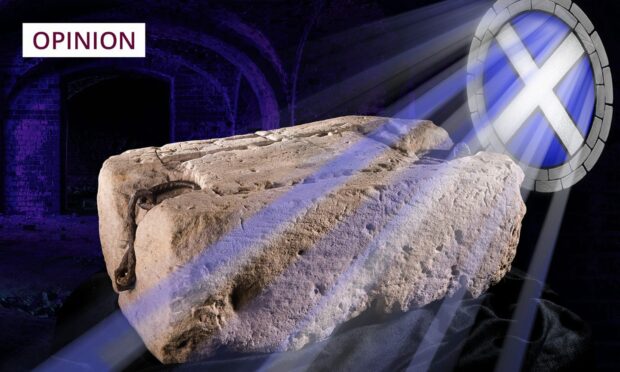
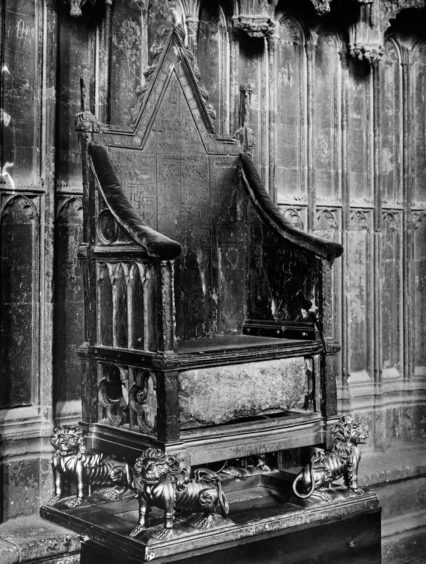
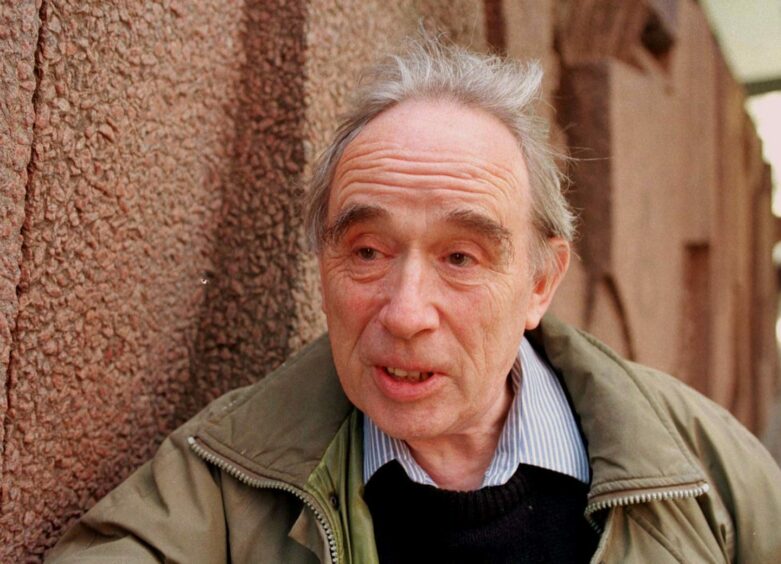
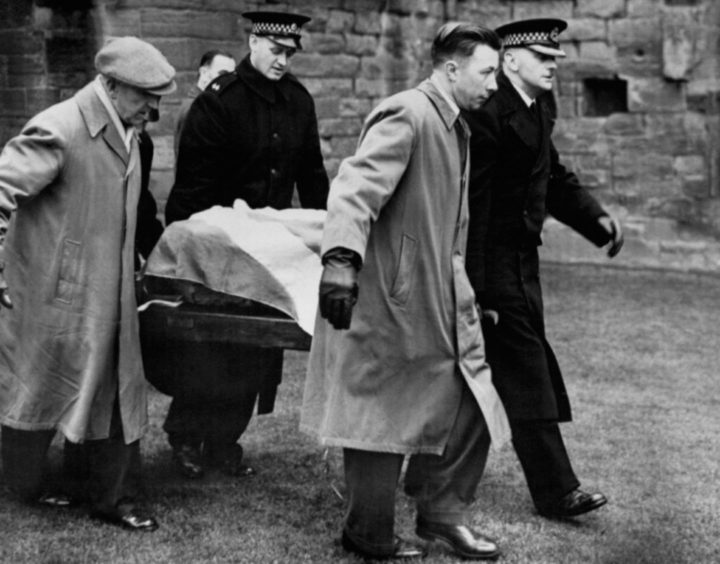

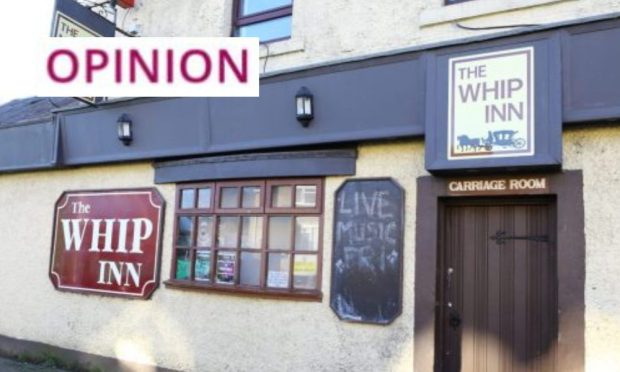
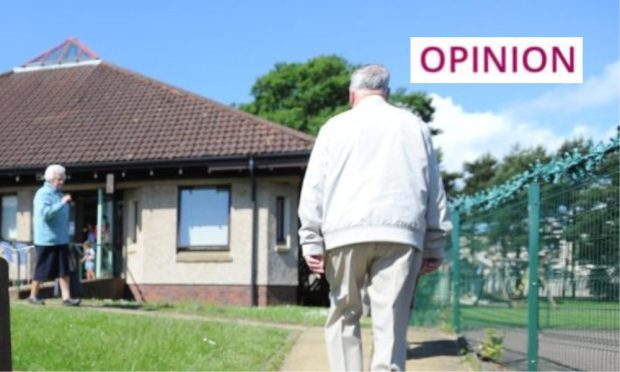
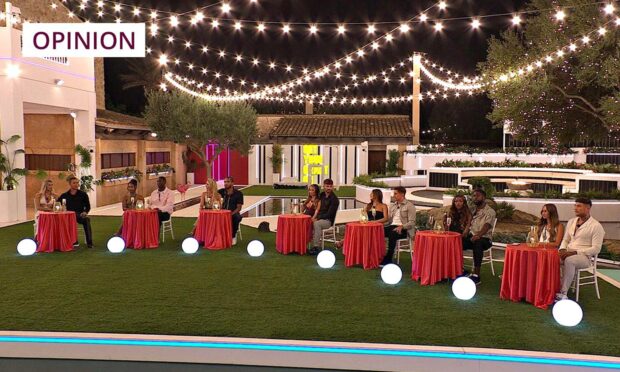



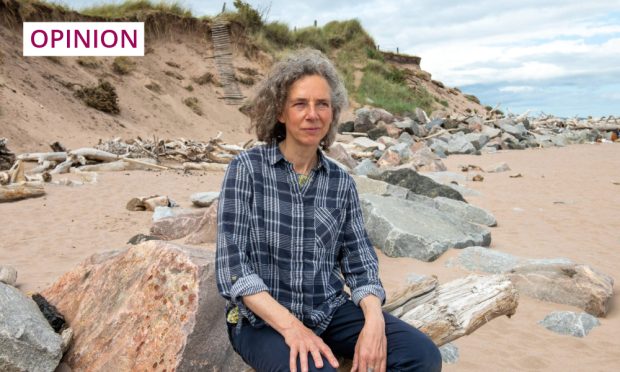


Conversation